Purchasing leather goods can feel like somewhat of a minefield with so much industry jargon around.
What is PU leather?
Published 2 years ago

PU leather — confusingly also known as artificial leather, imitation leather: the list goes on — falls neatly into this category. What is PU leather and is PU material something we should embrace?
In this article, we’ll answer the above questions and more, as we get right to the heart of PU leather.
What is PU leather?
Before we move on to PU leather, we need to start by establishing what polyurethane (PU) is. Polyurethane is essentially a type of plastic — a synthetic substance used to create a wide variety of consumer goods, from furniture to clothing.
PU can take the form of resin. Tanneries apply a coating of PU resin to sheets of natural fabrics — typically nylon, cotton or vinyl — to create a material that mimics the look and feel of animal leather: this is PU leather. 100% PU leather is an artificial material. It’s vegan-friendly because no animal extracts or by-products are used in the manufacturing process.
This is where things get a little confusing. A PU coating can also be applied to a backing fabric made from the fibrous section of an animal’s hide; this section of the hide is known as ‘split leather’ (it is of an inferior quality to full-grain leather, which is taken from a part of the hide nearer to the surface of an animal’s skin and is more hardwearing).
The result is still PU leather, but it no longer classifies as vegan because it is partly constituted from animal by-products. An alternative name for this material is ‘bicast leather'.
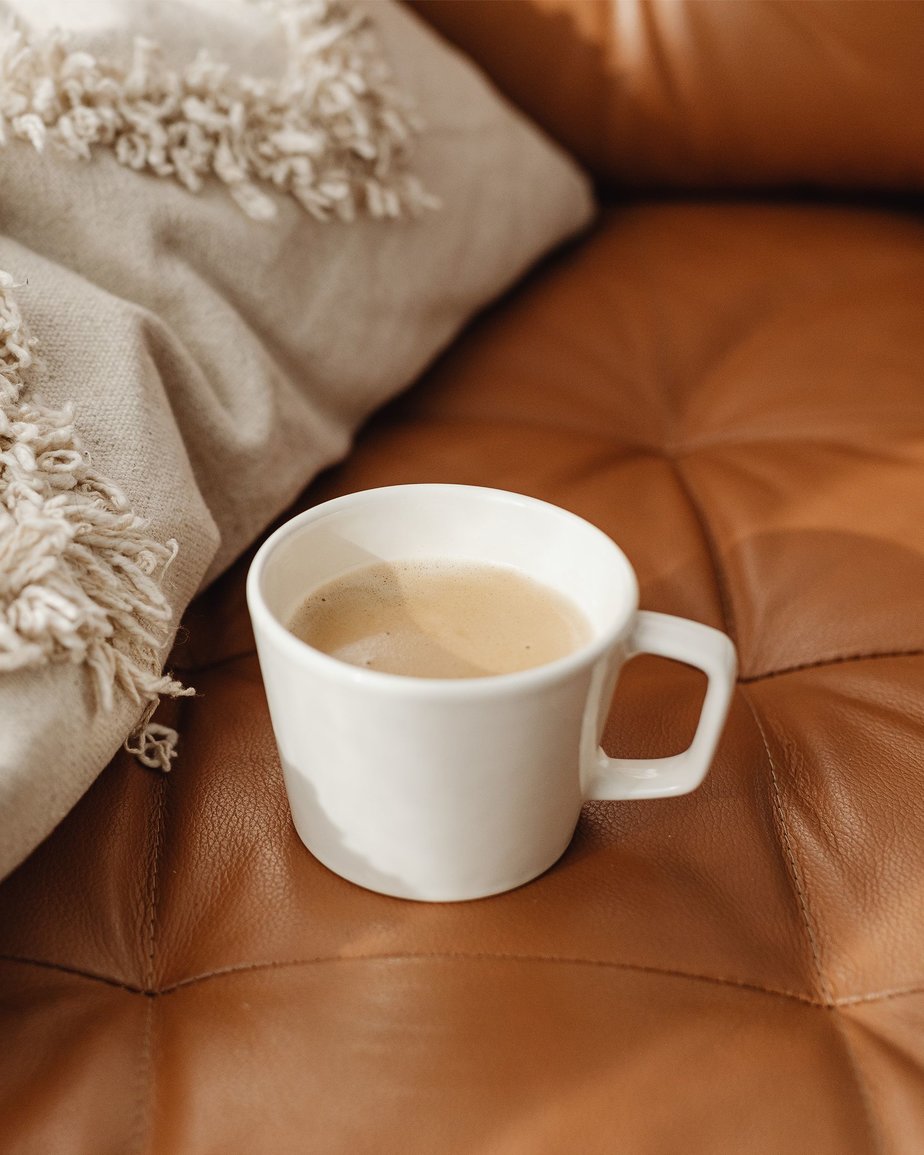
How is PU leather made?
PU leather is a mass-produced and affordable material. The process of making it is highly automated and relies on industrial machinery.
Factories start by sourcing a base material to act as the backing layer. As mentioned above, this can be made from leather or non-leather.
A polyurethane coating is then applied or laminated onto the base layer. This involves using a combination of high pressure and temperatures to ensure the resin attaches to the base effectively, forming a single, uniform layer.
The next stage is to apply a heavy roller to the PU leather, which imposes an artificial grain pattern on the surface to mimic real leather. As the material is synthetic, many different surface patterns can be applied.
We should also mention that polyurethane faux leather can easily be dyed in any colour the manufacturer pleases. Additional finishing treatments are added to create distinctive textures and increase longevity.
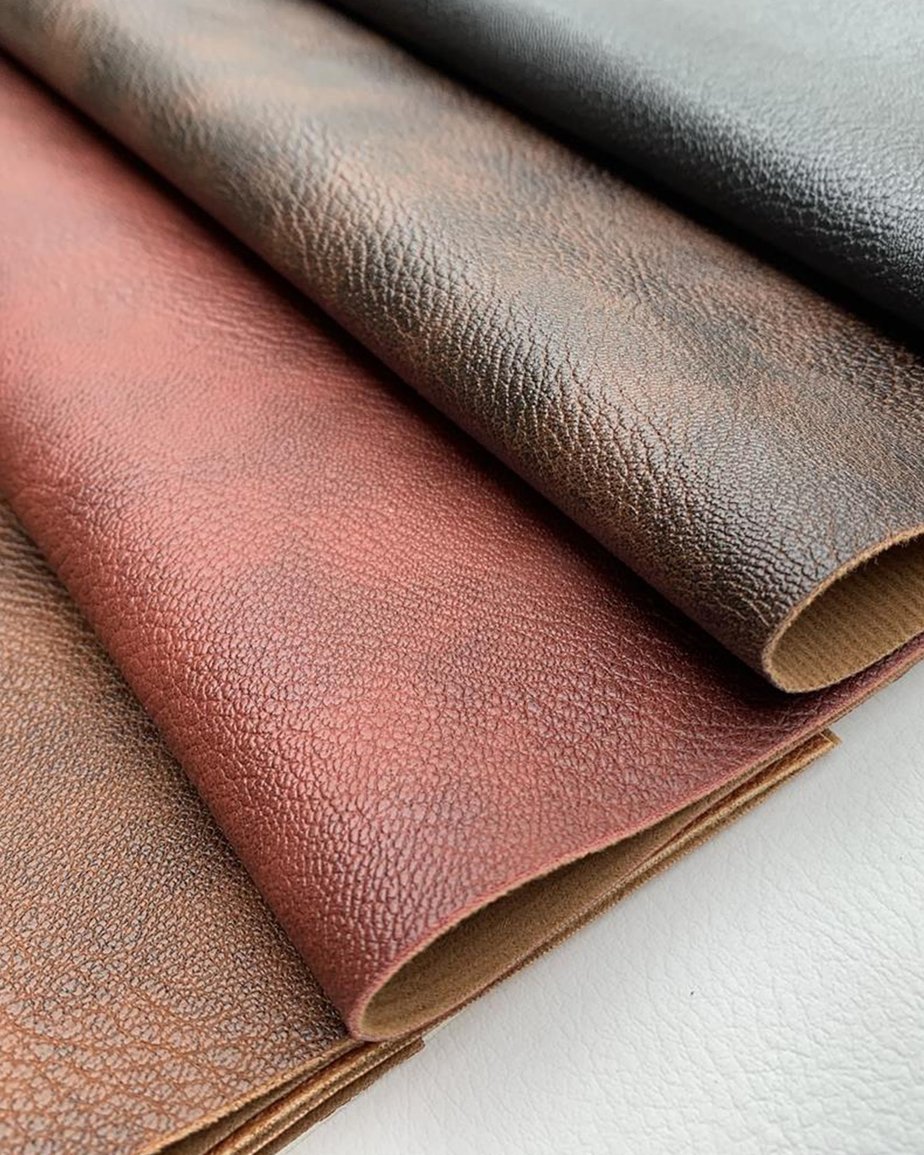
Benefits of PU leather
In 2021, the global synthetic leather market was valued at $33.7 billion: PU leather accounted for 55% of the revenue within this market. It’s clearly an extremely popular material for manufacturers and consumers alike, but why?
Keep in mind that the quality of PU leather can vary considerably on a case-by-case basis. We’ll try and keep our commentary as generalised as possible.
-
Desirable physical properties. As a general rule, PU leather is both softer
and lighter than animal leather. It also possesses greater resistance to
ultraviolet (UV) than animal leather, which is very susceptible to sun
damage. Is PU leather waterproof? Not entirely – it’s closer to what we call
‘water resistant’, as the polyurethane coating prevents it from immediately
absorbing water
-
Easy maintenance. In most cases, all you need to clean PU leather furniture
or PU shoes are warm water, mild soap and a soft cloth
-
Price. PU leather is mass-produced by factories that have mastered the
manufacturing process, keeping costs low
- Vegan-friendly. 100% PU leather appeals to vegan consumers who like the look of real leather but avoid it for ethical reasons
- Versatility. Factories can easily alter the qualities and colour of PU leather to meet the demands of suppliers

Drawbacks of PU leather
Like most artificial leathers, PU is not without its drawbacks. Because PU is plastic, there are environmental concerns surrounding it. In addition, the material often compares unfavourably to animal leather when it comes to physical characteristics.
-
Environmental impact. Unlike animal leather, PU is not biodegradable. Products made from polyurethane risk ending up on landfill sites. Here, they can break down into microplastic and release toxic chemicals
-
Shelf life. As a general rule, faux leather is not as durable as real leather. How long does PU leather last? Between 1-7 years, while premium animal leather accessories can last a lifetime if well cared for
-
Plastic smell. In contrast to natural, vegetable-tanned leather, PU has a strong, plastic-like odour that is a turn-off for some consumers
-
No patina developments. Most leather aficionados rate the ability to form a patina as a key hallmark of quality leather. This just won’t happen with synthetic alternatives. Nonetheless, some do prefer the polished, uniform appearance that PU leather displays
-
Tears and scuffs. PU leather is lighter and lacks the elasticity and inherent strength of quality animal leather. Over time, it will show clear signs of wear and tear
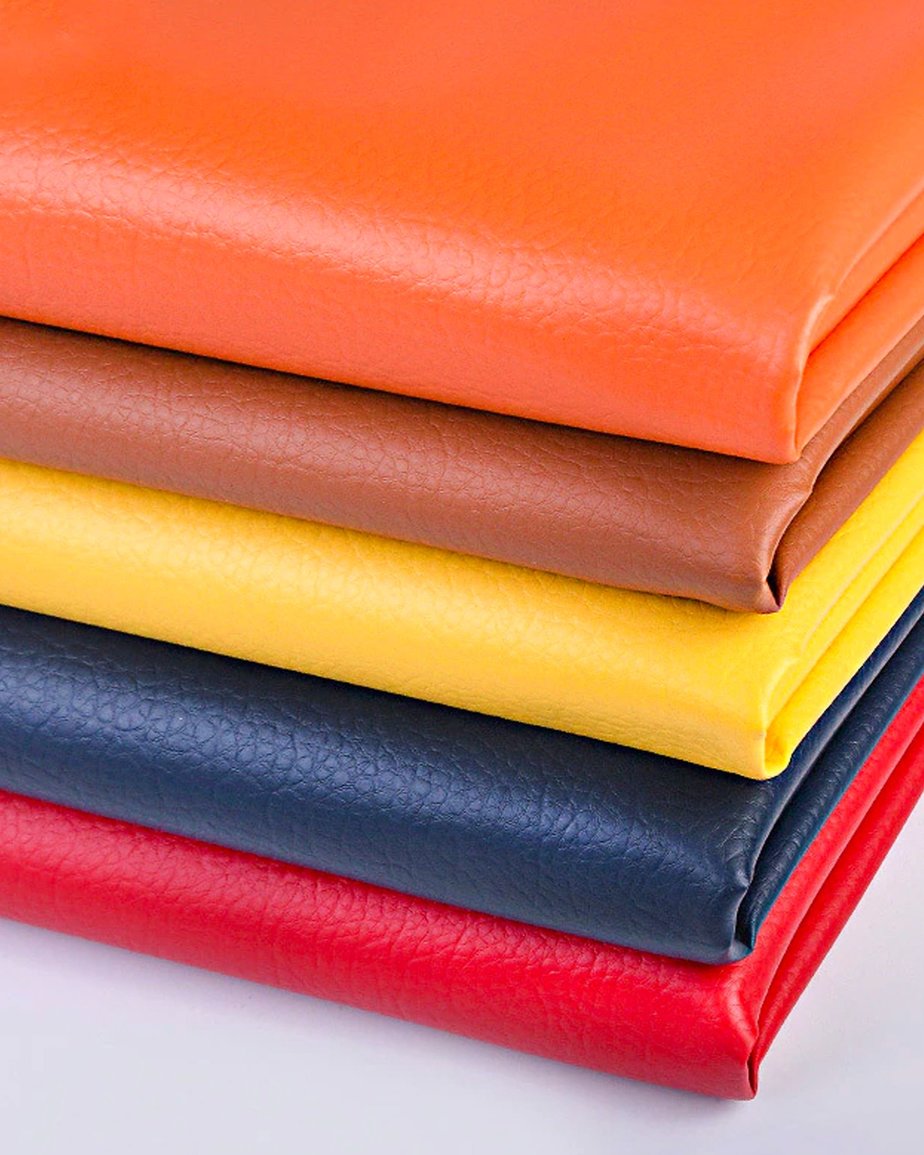
Is PU leather durable?
Let’s dive a little deeper into PU leather durability. As mentioned above, real leather is regarded as more long-lasting than faux leather alternatives.
PU leather gradually breaks down due to exposure to the elements and consistent handling. This manifests itself in a number of ways: peels, cracks, discolouration and rips. Think of a faux leather jacket or car seat that becomes patchy and torn with time.
However, it’s important to have a nuanced perspective on this topic. PU leather made from a high-quality resin and fabric backing will naturally outperform alternatives produced from lower-quality raw materials.
How to clean PU leather
One of the key benefits of polyurethane faux leather is that it is much easier to maintain and clean than real leather.
Real leather is made up of countless interwoven fibres that are permeable (or ‘breathable’). If they’re not moisturised, for example with a leather conditioner, they will dry out and begin to crack. Synthetic leather requires no such treatment.
To clean anything from PU leather shoes to a chair, you’ll need mild soap, warm water and a soft non-abrasive cloth.
- Soak your cloth in a bowl of warm water and use it to gently scrub the surface of your PU product to remove dirt and dust.
- Add mild soap to the bowl and soak the cloth again. Avoid stronger cleaning products like bleach, this will damage the leather.
- Spot-test a small, hidden section of your PU item by rubbing it in a circular motion with the cloth.
- If there is no damage, continue cleaning the remainder of the surface area.
- Leave the product to dry before use.
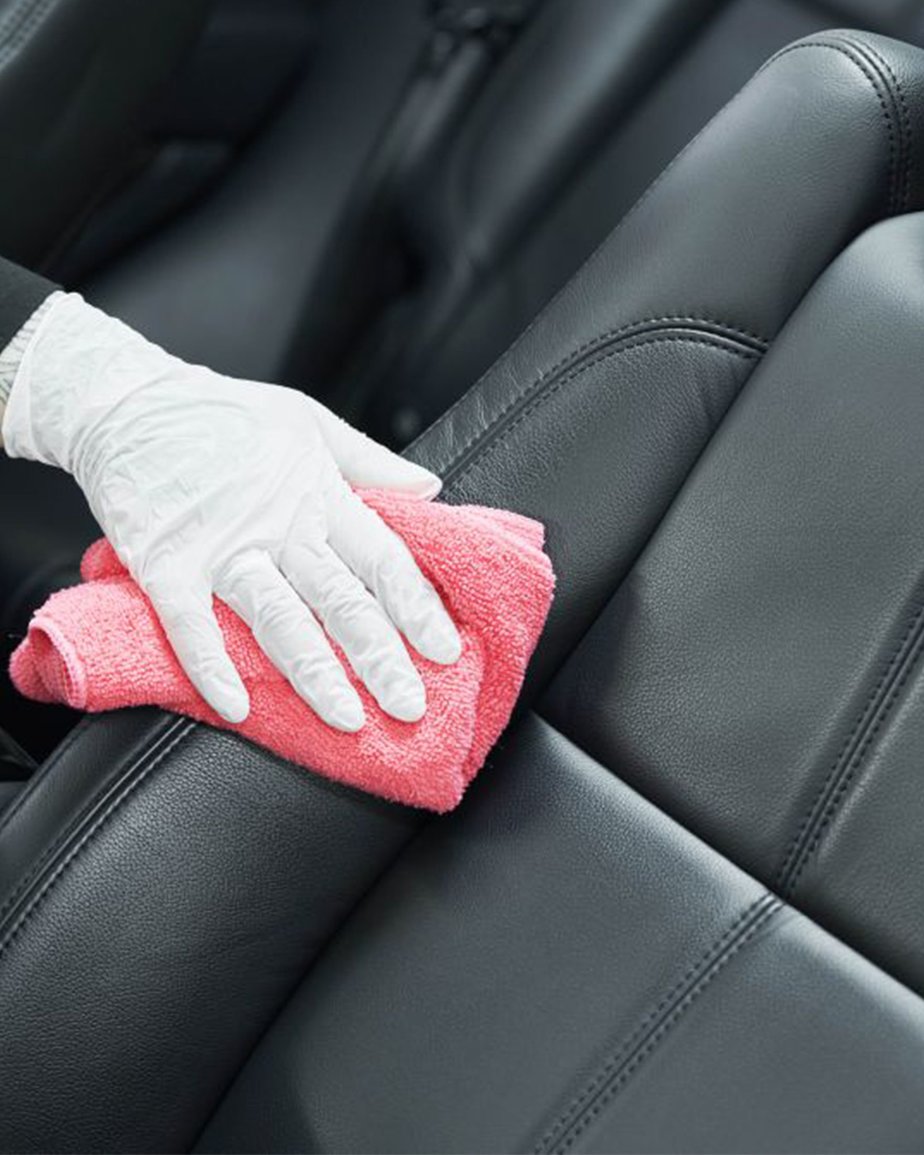
How to identify PU leather
There are a few tell-tale signs you can use to identify PU leather products.
Your first move would be to check the label. If there’s no useful information on the label, we recommend reaching out to the retailer or scanning their website. For example, on our product pages, you’ll find information about the leather Carl Friedrik uses (vegetable-tanned, Vachetta leather or premium nubuck).
Next up there are a few tests you can do to spot PU leather. One is by simply giving the product a smell. If the aroma is reminiscent of plastic or vaguely chemical-like, there’s a strong chance it’s synthetic.
Eagle-eyed leather enthusiasts should be able to tell the difference between PU and real leather on sight alone. PU will have a uniform texture and no visual inconsistencies, while the latter will exhibit natural imperfections. If it looks too good to be true, it probably is.
We do not recommend using price as a clear indicator. While it is cheaper to manufacture PU leather than real leather, the former can still be leveraged to produce high-end designer goods. In fact, certain premium brands favour 100% polyurethane leather due to its vegan credentials.
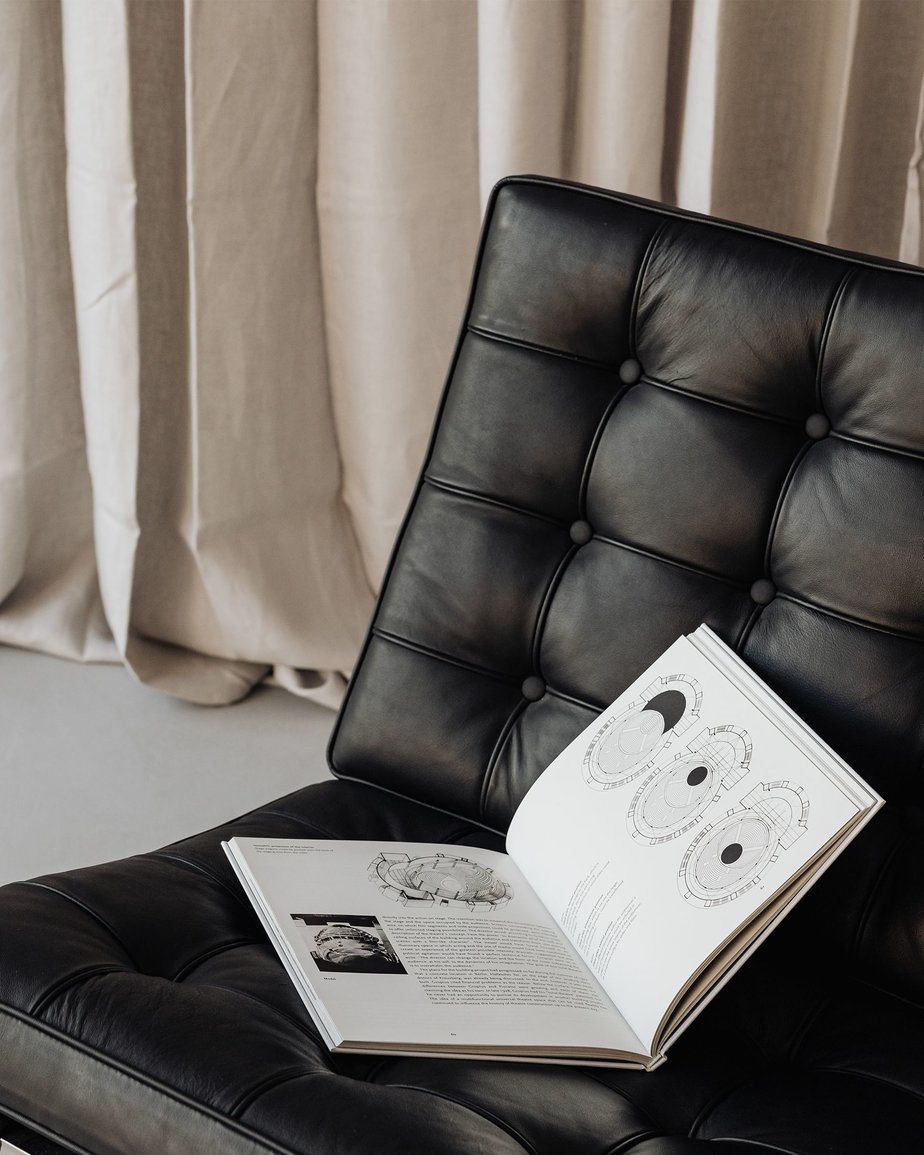
Takeaway
PU leather is one of many materials — synthetic or otherwise — available on the market that is designed to imitate the look and qualities of real leather.
Whether it’s an option for you depends on a host of factors, from your stance on the consumption of plastics to your budget for a particular item of clothing or furniture. This article provides you with the necessary information to make an informed decision.